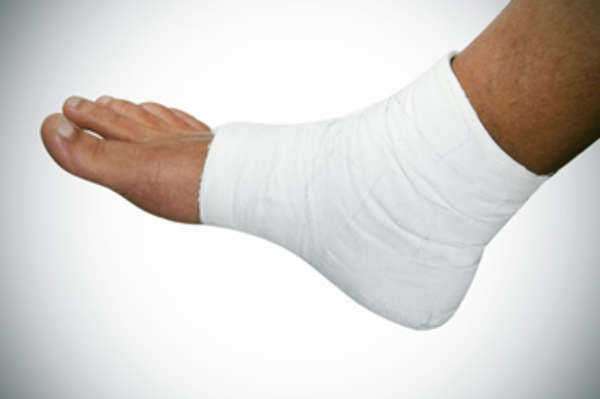
What is Pain and Suffering?
Pain and suffering are not easy to define as they are subjective experiences that can be different for each person. Pain refers to the physical discomfort that a person experiences, while suffering refers to the emotional and mental distress that a person undergoes. In cases of personal injury, suffering may include mental anguish, loss of enjoyment of life, and psychological trauma.
Legal Matters
Pain and suffering are crucial concepts in many legal matters, including personal injury cases, medical malpractice claims, and workers’ compensation cases.
Personal Injury Cases:
In personal injury cases, the plaintiff may be awarded damages for pain and suffering. This compensation is intended to cover the physical and emotional distress that the plaintiff has experienced as a result of the injury. Pain and suffering damages may be awarded in addition to compensation for medical expenses, lost wages, and other related expenses.
Medical Malpractice Claims:
In medical malpractice claims, pain and suffering damages may be awarded if the plaintiff can prove that the healthcare provider’s negligence caused the patient to experience physical or emotional distress. These damages may be awarded in addition to compensation for medical expenses, lost wages, and other damages.
Workers’ Compensation Cases:
In workers’ compensation cases, pain and suffering damages may be awarded if the employee can prove that they have experienced physical or emotional distress as a result of their work-related injury. These damages may be awarded in addition to compensation for medical expenses and lost wages.
Proving Pain and Suffering
Proving pain and suffering in legal matters can be challenging as they are subjective experiences. However, there are several ways that a plaintiff can establish that they have experienced pain and suffering, including:
Medical Records:
Medical records can provide evidence of physical and emotional distress that a person has experienced as a result of an injury. These records may include doctor’s notes, test results, and other medical documents.
Witness Testimony:
Witnesses, including friends and family members, can provide testimony about the plaintiff’s physical and emotional state before and after the injury.
Expert Testimony:
Experts, including medical professionals and mental health professionals, can provide testimony about the plaintiff’s physical and emotional distress.
Conclusion
Pain and suffering are subjective experiences that can be difficult to measure. In legal matters, pain and suffering damages may be awarded to compensate individuals for the physical and emotional distress they have experienced as a result of an injury. Establishing evidence of pain and suffering can be done through medical records, witness testimony, and expert testimony.























